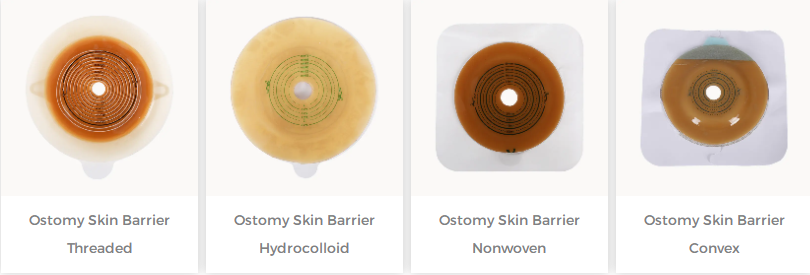An enterostomy is a procedure commonly used to treat digestive disorders that allows the collection of stool and urine by connecting the intestine to an external container. Although enterostomy surgery is a relatively common procedure, there are still risks of complications. The following is a typical case of enterostomy complications.
case:
Michael is a 50-year-old man who required an enterostomy for ulcerative colitis. Following the surgery, Michael has been doing well, passing bowel and urine through the enterostomy. However, on the fourth day after his surgery, Michael suddenly felt unwell and began vomiting and diarrhea.
The medical team immediately examined Michael and found that he had developed a severe electrolyte disturbance and acid-base imbalance. Upon further examination, doctors found that a serious infection had developed around Michael's enterostomy, causing intestinal secretions and blood to flow into the outer container, causing contamination.
treat:
Immediate steps were taken by the medical team to treat Michael's infection and imbalance. They administered antibiotics and fluids for him and tried to bring his electrolyte levels back into the normal range. During his treatment, Michael will undergo frequent check-ups and tests to ensure his health is improving.
After three days of treatment, Michael's symptoms began to ease, and his electrolyte levels and acid-base balance gradually returned to normal. However, doctors are still concerned that Michael's peristome infection may be affecting his bowel function. Therefore, they decided to discharge Michael nine days after his surgery and asked him to continue to receive regular follow-up and treatment when he returned home.
in conclusion:
In this case, Michael's enterostomy complications were caused by an infection. This infection leads to contamination of intestinal secretions and blood, which makes treatment very difficult. Fortunately, the medical team took timely treatment measures. Of course, follow-up care is also very important. It needs to prepare alginate dressing, hydrocolloid dressing, stoma powder, anti-leakage cream, two-piece ostomy bag with a convex bottom plate and belt.
Follow-up care steps are as follows:
1. with normal saline and dry it;
2. Apply stoma powder thinly to the wound surface;
3. Cut the alginate according to the size of the wound and cover it on the wound;
4. Cut the hydrocolloid into a hole 2mm larger than the stoma according to the base plate cutting method, and stick the hydrocolloid dressing on the wound surface;
5. Apply anti-leak ointment around the stoma;
6. Attach the cut convex-bottom pouch firmly to the skin;
7. Use the stoma belt to properly fix the stoma floor.
For more information on Innomed® Ostomy Skin Barrier Convex, refer to the previous articles. If you have customized needs, you are welcome to contact us; we will serve you wholeheartedly. At Longterm Medical, we transform this data by innovating and developing products that make life easier for those who need loving care.
Editor: kiki Jia
Date: May 6, 2023

 English
English عربى
عربى Español
Español русский
русский 中文简体
中文简体








